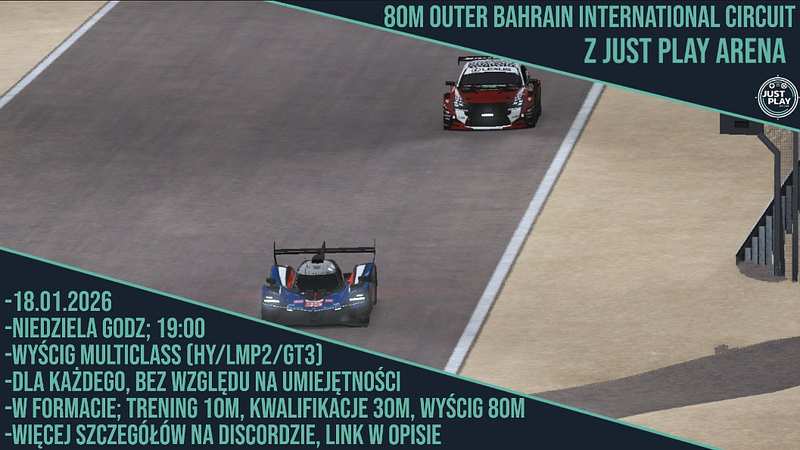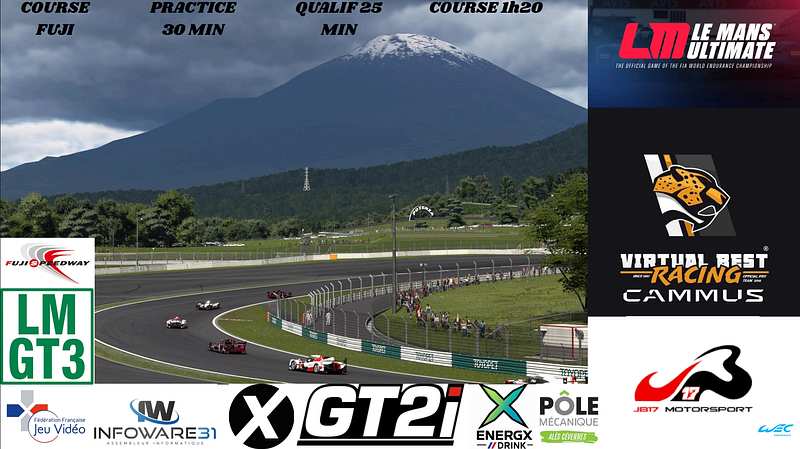

Race online in skill-based events or hosted servers.
The official platform of Le Mans Ultimate and rF2.
Link your RaceControl account to start racing
Explore upcoming skill-based and hosted races
Discover and share custom liveries




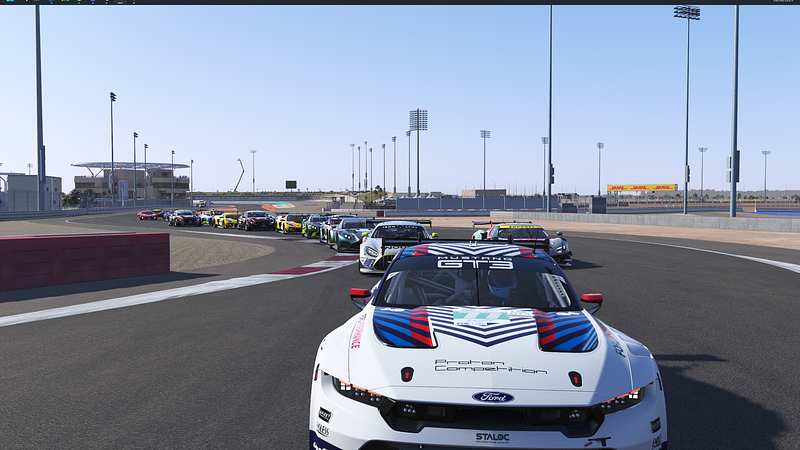
Solo event starting on with 6 Rounds.
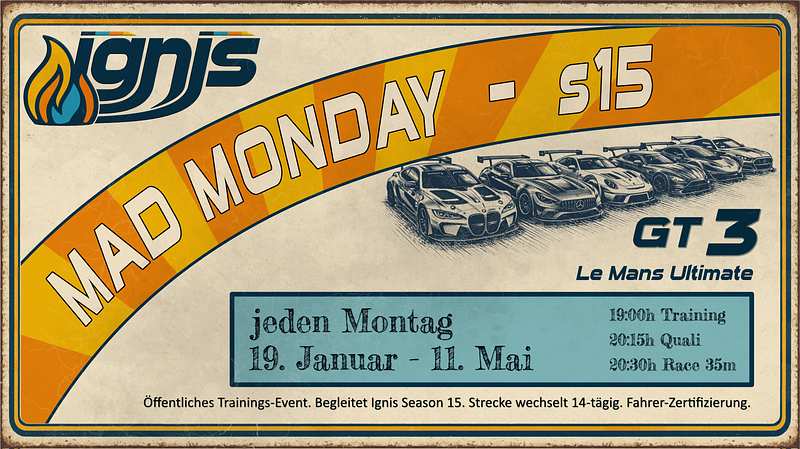
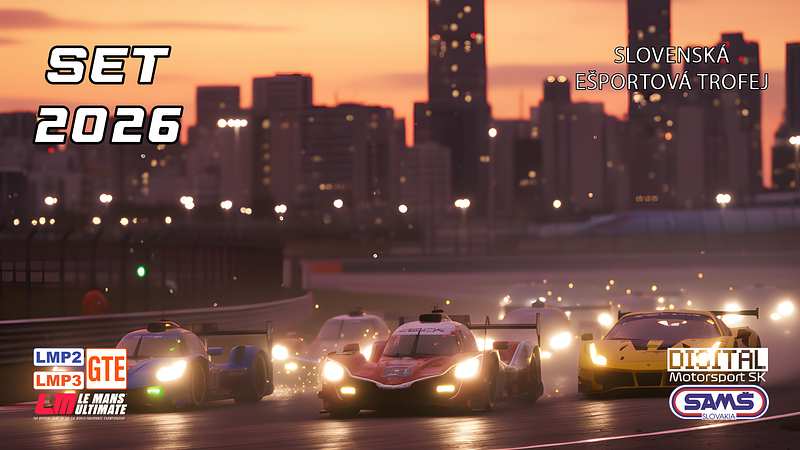
![[Bronze] Rookie Challenge Cup - S2R11](https://cdn.thesimgrid.com/4tcq1y85ylo4an368nfdn5z11g30)
